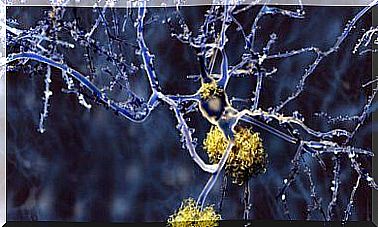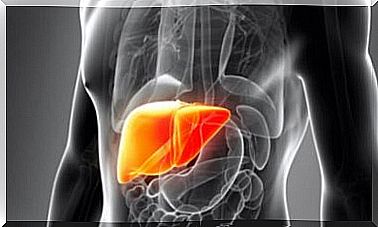Cataract: Symptoms And Health-promoting Measures
Those affected by this disease describe it as if you constantly see everything through a foggy window that you cannot clean.
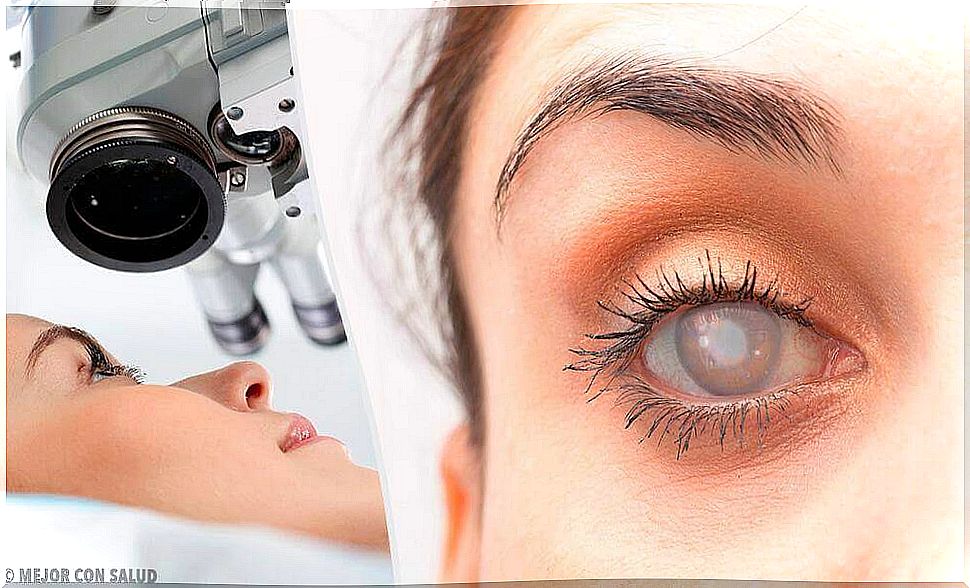
Patients with cataracts probably know best what it feels like. However, the disease can also be a mystery to those who have never had cataract symptoms.
Those affected by this disease describe it as if you constantly see everything through a foggy window that you cannot clean.
You can only guess what is behind the window. You will need to seek evaluation and advice from your doctor in order to initiate the correct treatment.
In addition, other health-promoting measures can be helpful to relieve symptoms and, if possible, slow the progression of the disease.
What is cataract?
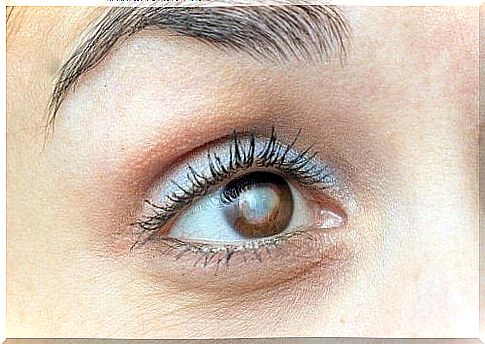
A cataract, and cataract called, is a progressive clouding of the eye lens. This then results in a blurry vision that worsens if nothing is done about it.
Cataracts mostly affect people over 40. They are the leading cause of progressive blindness worldwide.
- From around the age of 40, the biochemistry of the human body begins to change. The proteins that connect in the eye cells lose their elasticity and harden as a result.
- Then they get knotted in some parts of the lens of the eye.
- As a result, whitish lumps form, which can be seen in the eyes of those affected.
The cataract causes a loss of visibility and visibility from a certain distance.
However, these whitish lumps do not appear overnight. The cataracts form slowly over time as the eye tries to adjust to the conditions of these white blocks.
Different types of this eye disease keep the light out, thus distorting the images the eye sees from different angles. That is why this type of blindness is different for everyone.
Types of cataracts
There are three different types of cataracts, the names of which are directly related to the affected areas in the eye.
Posterior subcapsular cataract
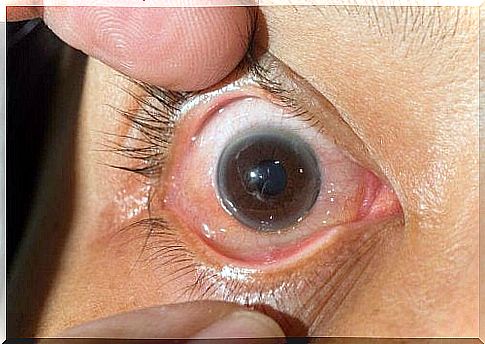
It is difficult to spot this type of disease at first sight. Still, you can feel the symptoms of it very quickly as the cataract is spreading.
Diabetics and people who take a lot of steroids are particularly prone to this.
Nucleus of sclerotic cataract
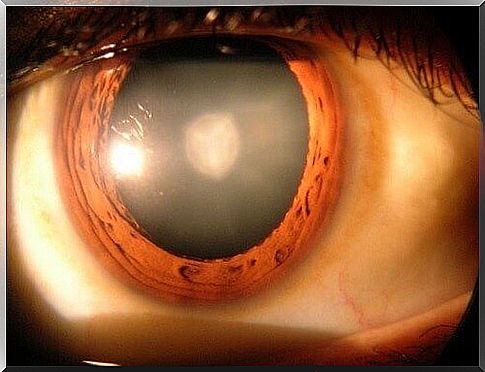
As the name suggests, this type of cataract is located in the nucleus and is most common in men and women over the age of 70.
Cortical cataract
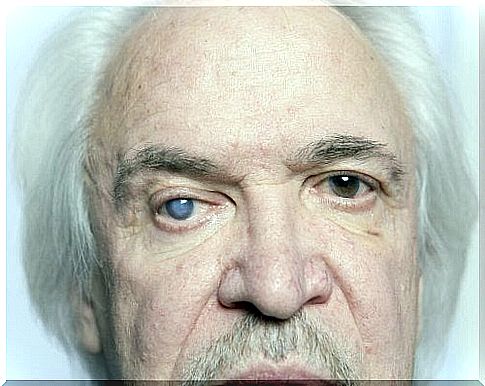
These cataracts can be seen immediately with the naked eye. They are small, opaque, white spots on the eyes. They almost look like contact lenses.
Symptoms of cataracts
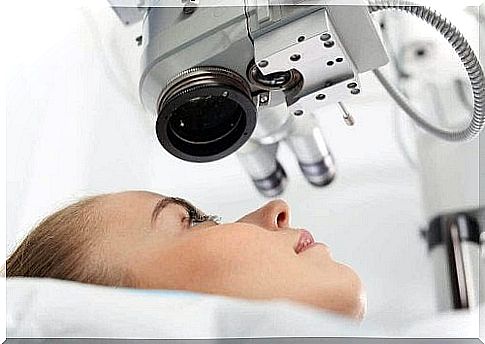
There are many different symptoms of the disease, such as:
- Foggy or blurred vision.
- Hypersensitivity to light or discomfort in bright light.
- Difficulty seeing in the dark.
- The light source, such as lamps or candles, appears cloudy.
- Colors appear in a shade of yellow.
- Double vision in one eye.
- Constantly adjusting your prescribed contact lenses, which means that the cataract is affecting your eyesight.
- Difficulty reading.
However, less threatening eye diseases, such as myopia or astigmatism, can also trigger the same symptoms.
This is why you should see your eye doctor regularly if you notice two or more of these symptoms.
Cataract: health-promoting measures
Many doctors believe that there is no preventing these white lumps in the eyes. However, there are various measures that can promote eye health.
For some sufferers, organic and non-invasive treatment might be a good option.
Here are a few of these natural ways, but take advice from your doctor!
Avoid bad habits

If you stop smoking and limit your alcohol consumption, you will improve your quality of life. This can be difficult at first, mainly because of the social pressure.
However , if you stop smoking and drink less alcohol, you will prevent your body from degenerating. Your eyes and of course the whole organism will be grateful to you for that.
Balanced nutrition

Diet is fundamental to preventing degenerative diseases.
A balanced diet helps to keep the body in balance and supports effective self-regulation.
Antioxidants should therefore not be missing in the diet. Enzymes found in fruits and vegetables also promote eye health.
Wear sunglasses!

UV radiation is not only excessively harmful to the skin, it also affects the eyes. Too long and too frequent sun exposure can promote the development of cataracts.
It’s best to wear sunglasses or a wide-brimmed hat to protect your eyes from harmful UV rays.
Use eye drops
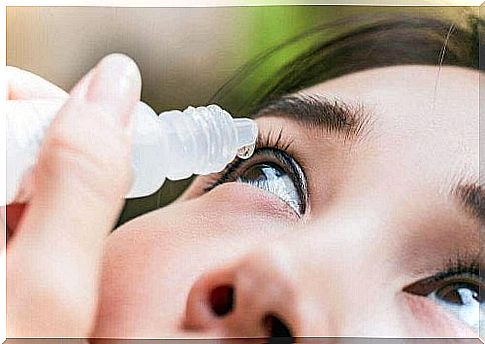
Eye drops moisturize your eyes and keep them healthy. This protects the eye nerves because they do not have to exert themselves due to lack of fluids, which can also help prevent cataracts.
Get advice from your ophthalmologist!
Cataracts are not only possible at an advanced age. You should therefore take care of the health of your eyes as much as possible.
Your general health will also benefit! Maintain healthy lifestyle habits and thus prevent cataracts.






